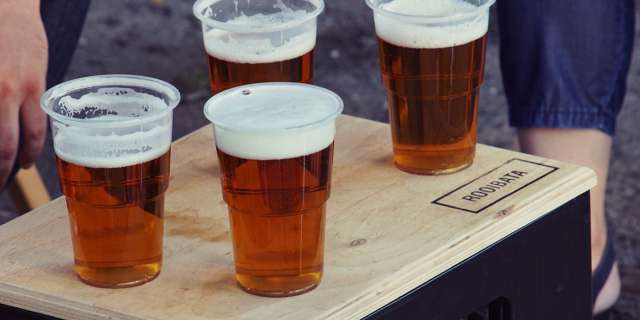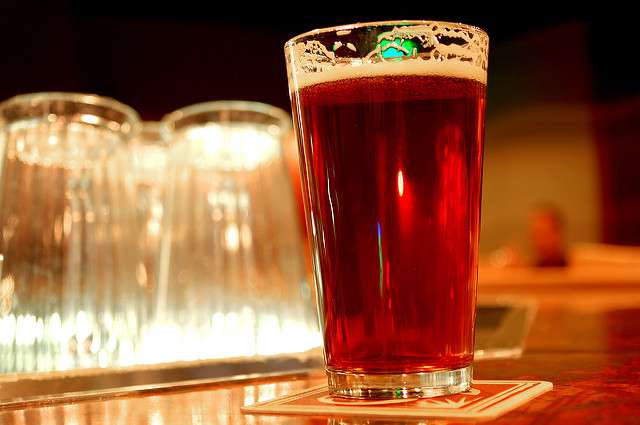
“Amber beer” is a catchall term that refers to any medium-opacity beer, ranging from bright red to caramel brown in color. Image Credit: Unsplash user Julia Nastogadka
I used to believe that all amber beer looked about the same: a bold, almost cranberry-colored brew with a hint of frothy, cloudy opacity. Everything changed for me when I went to my first amber beer tasting. I saw a long tasting table lined from end-to-end in every amber style imaginable, from the bright red ale that I was used to seeing, to the deep caramelized browns of American amber ale. It was clear that the brewers were proud of their glasses — each ale had an unmistakable color unlike any other sitting next to it. When I looked closely at each glass, side-by-side, I could see the subtle differences between them. I saw flecks of gold in one light red beer, whereas its neighbor had deeper, almost rose-like color qualities.
These subtle differences in color and opacity make your brew absolutely unique. That’s why it’s important to measure your amber beer’s opacity and color consistency throughout the brewing process. When it comes to red or amber ale, your color is your signature, and it will keep your customers coming back year after year.

Brewers often find it difficult to measure their amber beer’s color by eye, since this beer style has a wide range of possible color variations. Image Credit: Pixabay CC user PeterKraayvanger



